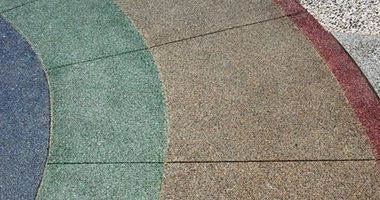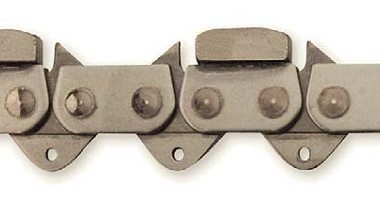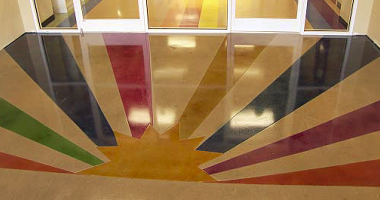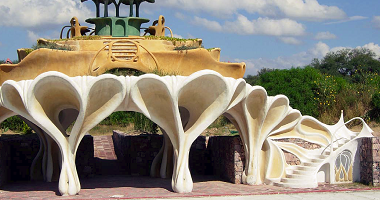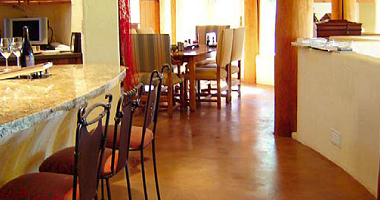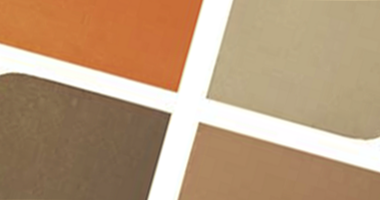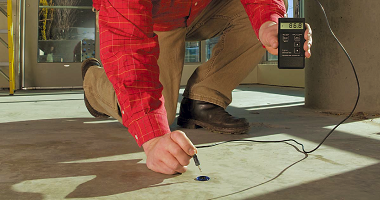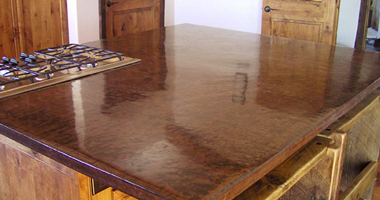"Be an expert." Avoiding trying to be all things to all people, instead of focusing in on what they are good at and becoming an expert in that one area.This thought comes full circle when you think about how it relates to decorative concrete, especially in the application of stains and dyes.
Vol. 9 No. 7 – November/December 2009
What To Do When A Customer Is Unhappy With the Result
You will get complaint calls regarding your contracting, and this day needs to be planned for. Your customer may have a legitimate complaint or may need some educating. Nevertheless, not responding to the complaint will only aggravate the situation.
Using Surface Retarders on Vertical Concrete
Exposed aggregate finishes are in demand on concrete walls. How do you get that rock to pop? One way is to use a surface retarder.
Specialty Cutting Blades to Make Your Job Easier
An overview of different specialty cutting tools, saw blades and chains that will help you on be successful on your next job.
How Polished Concrete Changed the Trajectory of One Contractor’s Company
David Stephenson’s story encompasses everything from AmeriPolish to Wal-Mart to the Cincinnati Reds and Indianapolis Colts and it all began when he discovered polished concrete.
Building Thin-Shell Concrete Structures
There is more than one way to create a concrete home — and the thin-shell method produces dwellings of unparalleled beauty.
A Trip Down Decorative Concrete Memory Lane with The Concretist
From floors to countertops, coloring and staining concrete has brought a lifetime of memories to this contractor. Columnist and self-proclaimed "concretist" takes us on a trip back to some of his favorite projects over the years.
New Surface Treatment Formulated to Keep Ground Cool
As part of its effort to improve the environment through green product offerings, L.M. Scofield Co. has developed Solachrome Integral Coloring Treatment for High-SRI Concrete.
Moisture Tests in Concrete: Calcium Chloride vs. Relative Humidity
When good floor coatings go bad, moisture is often the culprit.
Even cured concrete can emit enough moisture to blister, cloud or delaminate a coating, especially when a slab with no vapor barrier sits on ground with poor drainage. The manufacturers of overlays, microcoatings, sealers and specialty coatings set moisture tolerance limits for their products.
An Overview of PVA Fibers and Concrete
High-performance fibers made of PVA, which is short for polyvinyl alcohol, were developed some 20 years ago. When added to concrete or mortar, the fibers develop a molecular and chemical bond with the cement during hydration and curing. The result: concrete with high tensile strength and amazing ductility.
